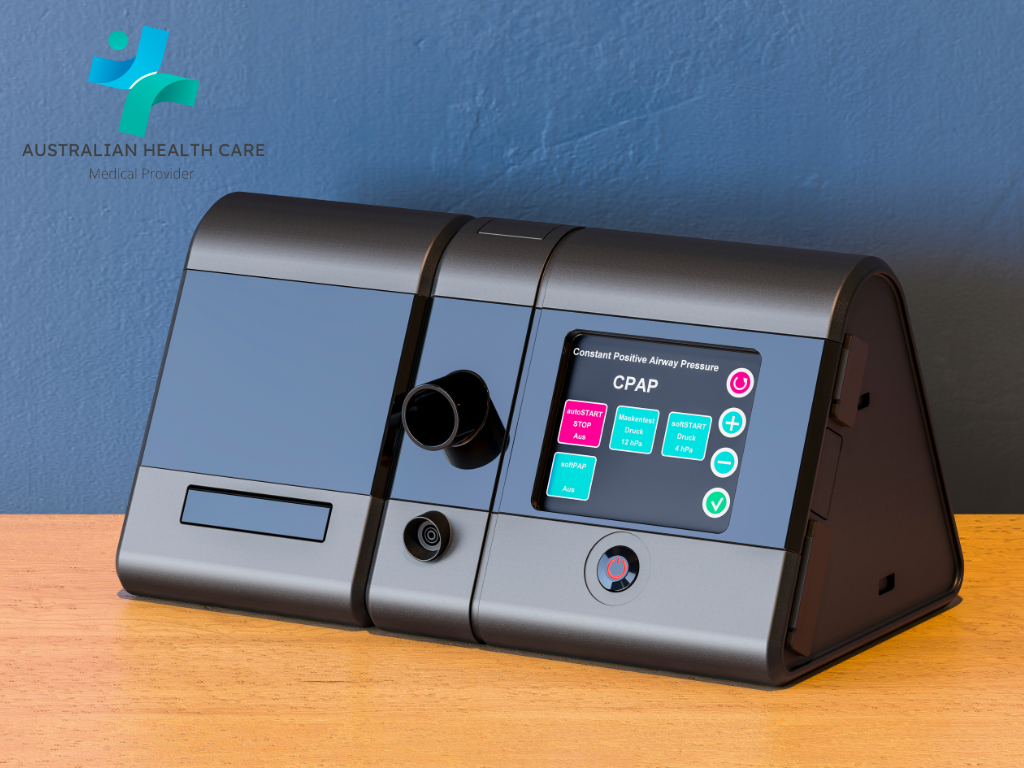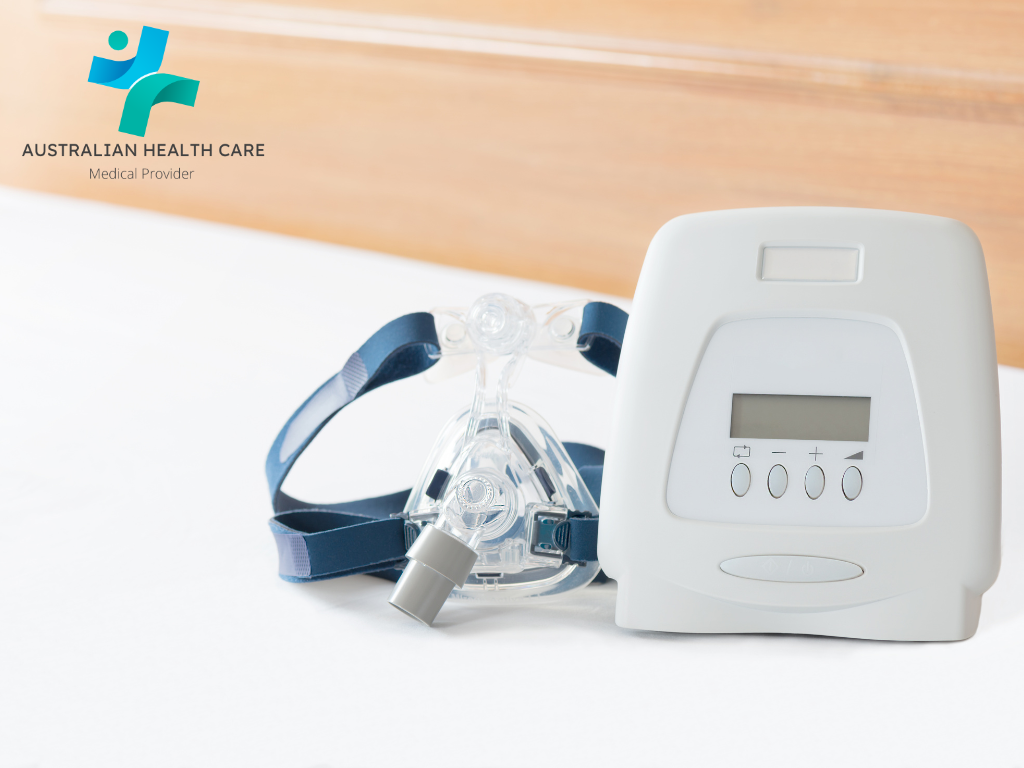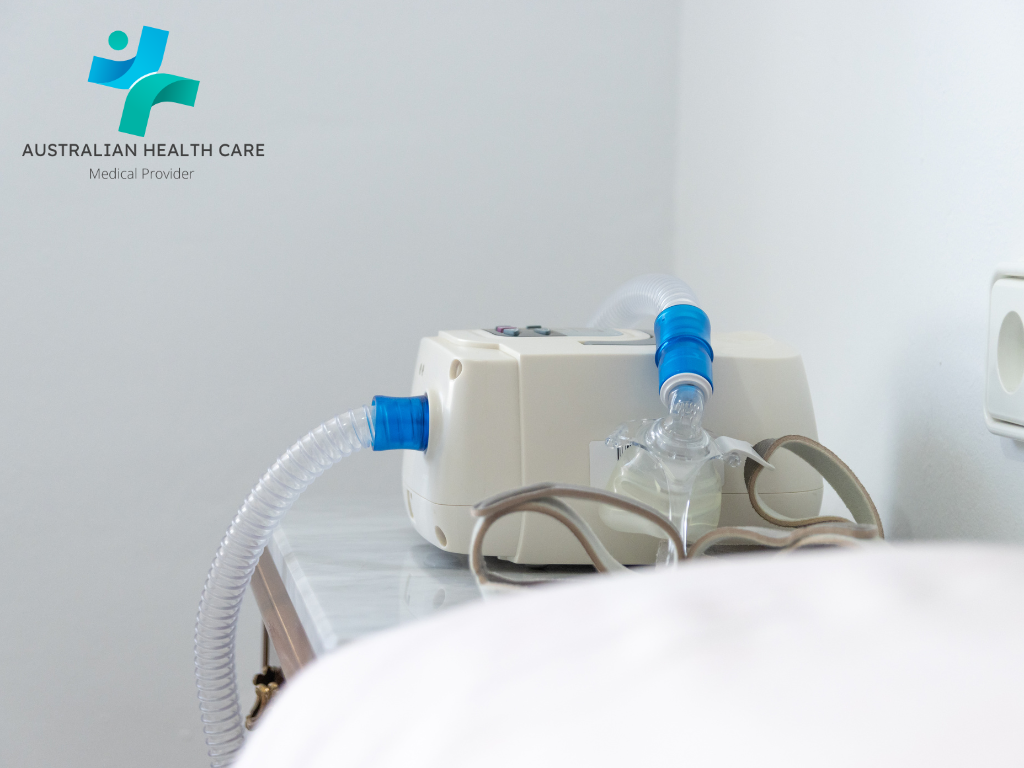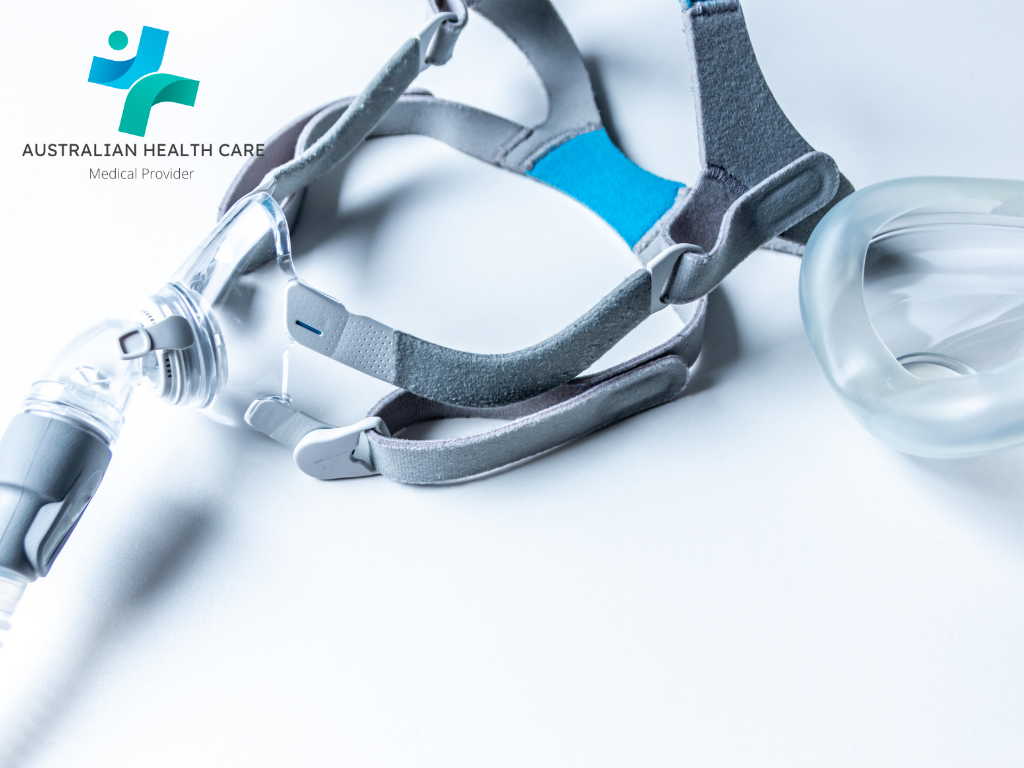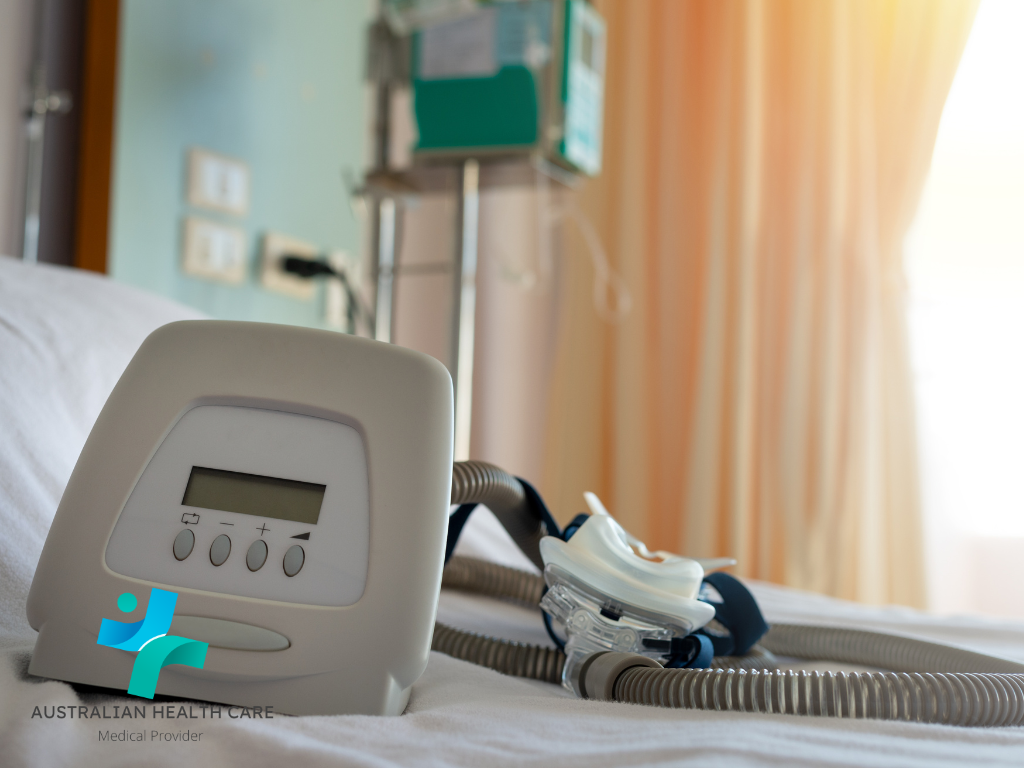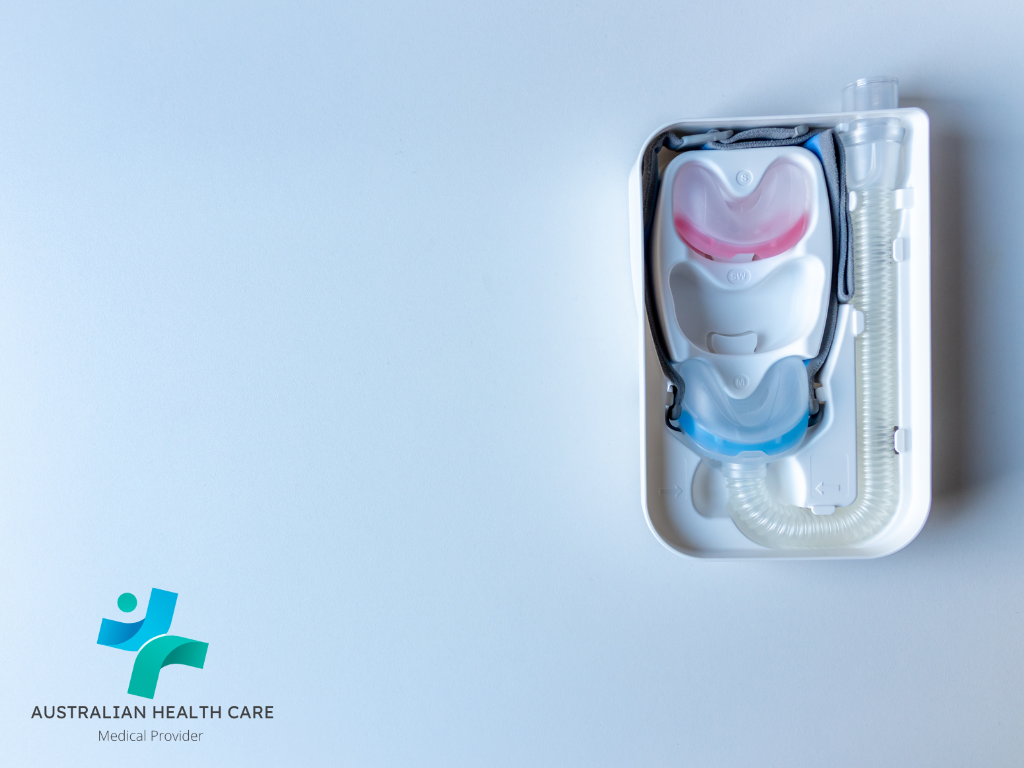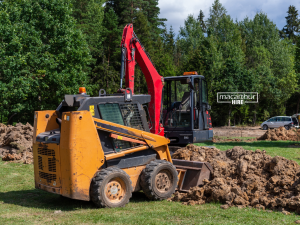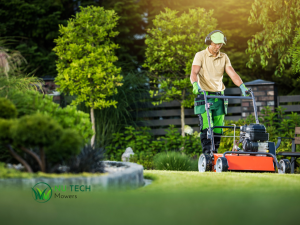Continuous Positive Airway Pressure (CPAP) therapy is widely recognized as a highly effective treatment for obstructive sleep apnea (OSA), a condition characterized by repeated breathing interruptions during sleep. However, not all patients can tolerate CPAP due to various reasons such as discomfort, claustrophobia, or lifestyle factors. This realization has led to the exploration of alternatives and advancements in sleep apnea treatment, offering hope and options for those seeking different solutions.
Understanding Sleep Apnea and CPAP Limitations
The Basics of Sleep Apnea
Sleep apnea is a sleep disorder that causes breathing to stop and start repeatedly during sleep. The most common type, obstructive sleep apnea, occurs when throat muscles intermittently relax and block the airway. Symptoms include loud snoring, restless sleep, and daytime fatigue. Central sleep apnea, less common, involves the brain not sending proper signals to muscles controlling breathing.
Why Seek Alternatives to CPAP?
While CPAP is effective, its limitations have led some patients to seek alternatives. Issues such as mask discomfort, noise, and the inconvenience of using the machine nightly can diminish user compliance. Furthermore, individuals with mild to moderate sleep apnea or those who travel frequently may find CPAP cumbersome and look for more adaptable solutions.
Non-CPAP Therapeutic Options
Oral Appliances
Oral appliances, such as mandibular advancement devices (MADs), work by slightly advancing the lower jaw or tongue during sleep to keep the airway open. Ideal for patients with mild to moderate OSA, these devices offer a more comfortable and convenient alternative to CPAP. While generally less effective than CPAP for severe cases, oral appliances can significantly improve sleep quality and reduce apnea events for many.
Positional Therapy
Positional therapy involves techniques or devices that prevent sleeping on the back (supine position), where sleep apnea episodes are often more frequent and severe. This can be as simple as wearing a special device around the waist or back that encourages side sleeping. Positional therapy is particularly effective for patients whose sleep apnea symptoms significantly improve when not sleeping on their back.
Weight Management and Lifestyle Changes
Lifestyle modifications, including weight loss, exercise, and avoiding alcohol before bedtime, can have a profound effect on reducing sleep apnea symptoms. For some individuals, weight loss can lead to significant improvements or even resolution of sleep apnea. Adopting a healthier lifestyle not only aids in managing sleep apnea but also benefits overall health and well-being.
Surgical Interventions
Types of Surgery for Sleep Apnea
For some patients with obstructive sleep apnea (OSA), surgical interventions can provide a more permanent solution when other treatments have failed or are deemed unsuitable. Common surgical options include:
- Uvulopalatopharyngoplasty (UPPP): This surgery involves removing excess tissue from the throat to widen the airway. It can be effective for patients with obstructions in the throat.
- Maxillomandibular Advancement (MMA): MMA surgery advances the jaw forward to enlarge the space behind the tongue and soft palate, reducing airway obstruction.
- Inspire Therapy: A relatively new approach, Inspire Therapy involves the implantation of a device that stimulates the nerve controlling tongue movement, thereby keeping the airway open during sleep.
Each of these options carries potential risks, such as infection, bleeding, or changes in sensation. The outcomes can also vary, with some patients experiencing significant improvement in their symptoms, while others may notice only a partial reduction.
Evaluating the Need for Surgery
Deciding to proceed with surgery requires careful consideration and evaluation by a team of specialists. Criteria include the severity of OSA, the anatomical structure of the patient’s airway, and the patient’s overall health and preference. Typically, surgery is considered after less invasive treatments, like CPAP therapy or oral appliances, have been tried without sufficient success.
Advances in Sleep Apnea Treatment Technologies
Innovations in CPAP Technology
Recent advancements in CPAP technology aim to improve patient comfort and compliance, key factors in the effectiveness of sleep apnea treatment. Modern CPAP machines are quieter, more compact, and feature adjustable pressure settings that can adapt to the user’s breathing patterns. Additionally, innovative mask designs and humidification features help mitigate common complaints such as dryness and discomfort.
Emerging Non-CPAP Technologies
The field of sleep apnea treatment is rapidly evolving, with several new technologies offering alternatives to traditional CPAP therapy:
- Hypoglossal Nerve Stimulation: This therapy involves a surgically implanted device that stimulates the nerve controlling the tongue, keeping the airway open during sleep. It’s particularly suited for patients who struggle with CPAP therapy.
- Nasal EPAP (Expiratory Positive Airway Pressure): Small, disposable devices placed over the nostrils create positive airway pressure only during exhalation, reducing apnea events without the need for a CPAP machine.
- Oral Pressure Therapy: A mouthpiece connected to a vacuum device gently holds the tongue in a position that keeps the airway open, representing another innovative approach to treating OSA.
Making an Informed Treatment Choice
Comparing Treatment Efficacy and Suitability
When navigating the array of sleep apnea treatments, it’s crucial to weigh the efficacy and suitability of each option against your unique condition and lifestyle. Considerations include:
- Severity of Sleep Apnea: CPAP is highly effective for moderate to severe cases, while alternatives may be suitable for mild to moderate conditions.
- Lifestyle and Comfort: Assess how each treatment fits into your daily life, including comfort during sleep, ease of use, and any impact on routine activities.
- Underlying Health Conditions: Some health issues may influence the effectiveness or feasibility of certain treatments.
- Personal Preferences: Ultimately, your comfort and willingness to adhere to a treatment play a significant role in its success.
Consultation with Sleep Specialists
A collaborative approach with sleep specialists is fundamental in crafting an effective sleep apnea treatment plan. Specialists can offer insights into the advantages and limitations of each treatment, helping to align your choices with your health goals and lifestyle. Regular follow-ups allow for adjustments based on your feedback and treatment response, ensuring that your plan remains effective and tolerable over time.
Conclusion
The landscape of sleep apnea treatment is evolving, driven by advances in technology and a deeper understanding of sleep disorders. Personalized care is becoming the cornerstone of effective treatment, recognizing that a one-size-fits-all approach is insufficient for the diverse needs of individuals with sleep apnea. Innovations in CPAP technology, the development of new non-CPAP therapies, and surgical advancements promise more comfortable, effective, and accessible solutions.

